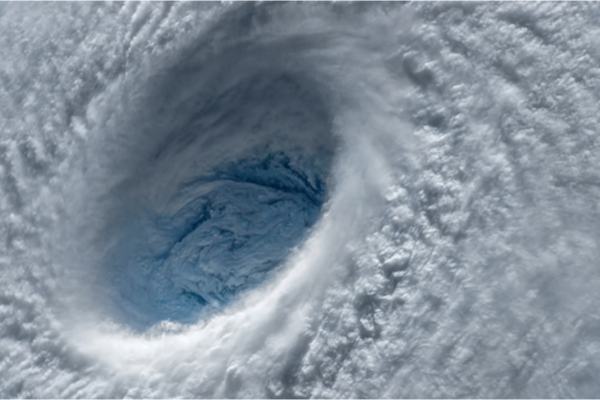The Atlantic Ocean has been void of tropical systems since early July, and the basin is on the verge of historic inactivity for the month of August. But AccuWeather meteorologists say that the tropics may soon come alive as they are tracking a few different areas for potential tropical development by early September.
At least two out of the three of the areas that AccuWeather meteorologists are monitoring closely for development in the tropics in the coming days could pose a threat to land, including the United States and/or its territories, AccuWeather forecasters warn.
Conditions are changing in the tropical Atlantic. Just last week, tropical disturbances, also known as tropical waves, that move westward from Africa have shown more vigor, and an area of stiff breezes, which forecasters refer to as strong wind shear, has prevented development during much of the summer has been wavering in part of the basin. Similarly, vast stretches of dry air over the heart of the basin are now becoming riddled by pockets of moisture, which is a necessary ingredient for tropical systems to thrive.
If that system were to develop in the scenario outlined by Rayno, there is a chance the Gulf Coast of the U.S. could be threatened by a landfalling tropical storm or hurricane during the Labor Day weekend. People along the Gulf Coast, as well as those in the petroleum, boating and fishing industries in the region, should monitor developments with this system this week.
As of Friday, the tropical Atlantic has not had a single named system or even a tropical depression during August. Records indicate that this has only occurred in less than a handful of years since the late 1920s. It is possible that prior to the use of weather satellites in the early 1960s, some storms were missed. Since 1960, there were only two years, 1997 and 1961, when there were no named storms in August.
A scientific parameter that measures the severity of a hurricane season, known as Accumulated Cyclone Energy, or ACE, was at historically low levels with just days remaining in August. ACE tracks the combined strength and duration of all tropical storms and hurricanes. The stronger the tropical system is and the longer it lasts, the more energy it accumulates for the seasonal tally. All tropical systems, including tropical storms and hurricanes, are considered to be cyclones, meaning that zero ACE had accumulated through the late stages of the month.
This August seems likely to join the ranks of only a few years — 1997 and 1961 — during which there was zero ACE in the month of August.
Since there have only been three short-lived tropical storms, Alex, Bonnie and Colin, earlier this season, this season’s ACE is at a mere 2.8. “Since 1950, only 1988 had less ACE through the end of August,” AccuWeather Senior Weather Editor Jesse Ferrell said. ACE through the end of this month could finish with a second-place tie with 1967.
But AccuWeather’s team of long-range meteorologists, led by Hurricane Expert Dan Kottlowski, continues to warn that despite the sleepy nature of the Atlantic much of this season thus far, conditions can and are likely to change in a hurry. AccuWeather meteorologists are projecting a total of 16 named storms with six to eight hurricanes that include multiple threats to the United States and its territories in the Caribbean.
There is a significant chance that multiple tropical systems may be spinning at the same time over the Atlantic basin around the Labor Day weekend.
—
Photo Credit: Evgeniyqw / Shutterstock.com
